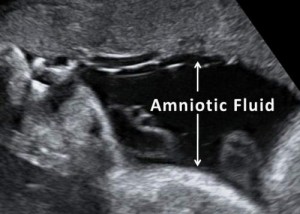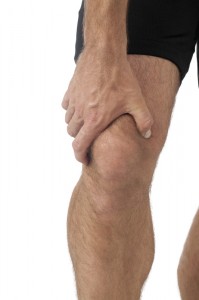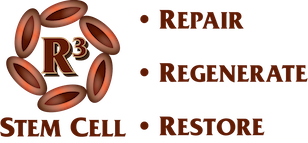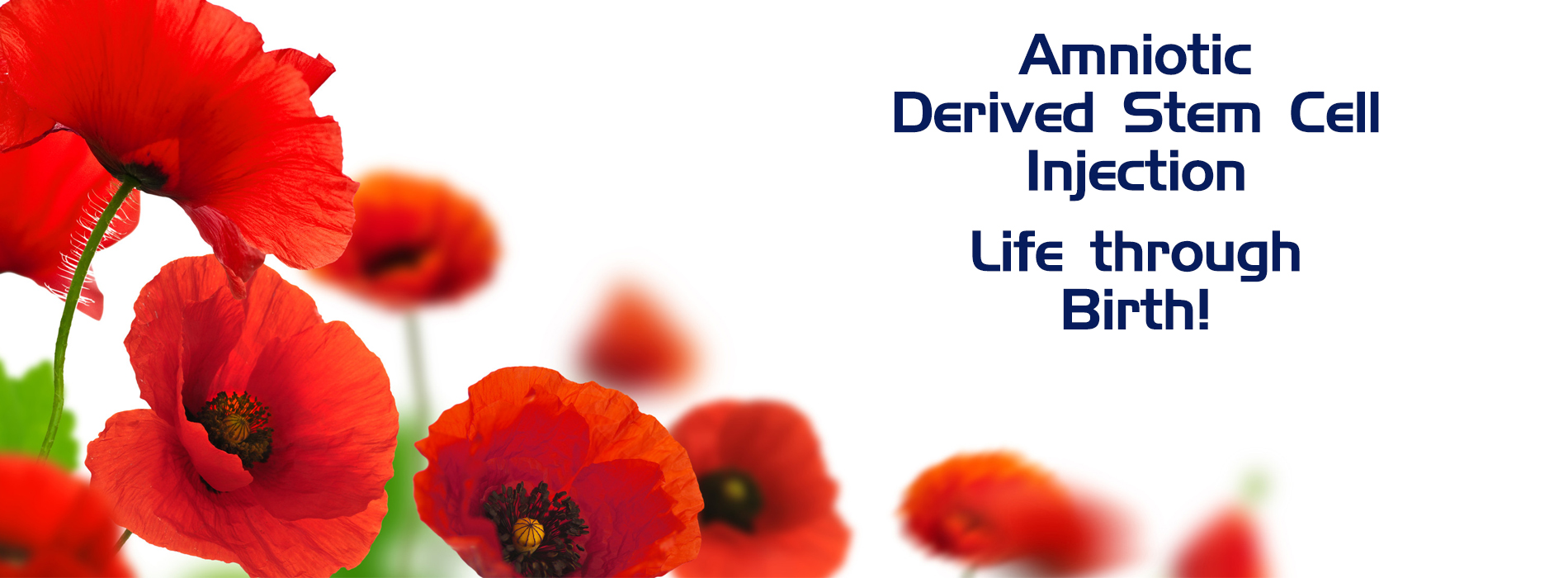FAQs on Amniotic Derived Stem Cell Therapy in Dallas, Houston and Austin TX
Regenerative medicine is a branch of health science that focuses on repair and healing of soft tissue structures in the body. Amniotic stem cells are in the treatment of many chronic and acute injuries and conditions. While amniotic derived stem cell injections are a new treatment, they have the potential for repair of many musculoskeletal conditions.
What exactly are amniotic stem cells?
Stem cells are a basic type of cell living in the human body. These cells have the ability to become different kinds of cells, such as muscle, cartilage, skin, and bone. Amniotic stem cells are derived from amniotic fluid, which is obtained during scheduled caesarean section procedures. Amniotic fluid surrounds the fetus in the womb during pregnancy.
How do amniotic stem cells work?
Amniotic fluid has a high concentration of growth factors, antimicrobial components, hyaluronic acid, and stem cell activators. These cells from a pregnant female can be injected into another person’s body without producing a harmful immunologic reaction.
Can amniotic stem cells regenerate cartilage?
Amniotic fluid contains several properties that promote tissue repair and regeneration, especially cartilage. These cells have potent anti-inflammatory properties, such as cytokines, which help to relieve pain. Growth factors in the cells promote new cartilage tissue growth.
 How can amniotic stem cells repair joints?
How can amniotic stem cells repair joints?
Amniotic fluid cells are rich in hyaluronic acid. This is the lubricating fluid present in joints. Hyaluronic acid allows the joint to move smoothly, and these stem cells promote new joint cartilage growth.
How can amniotic stem cells help with wound healing?
Amniotic stem cells can be used to treat difficult wounds, such as diabetic ulcers and ulcerations related to peripheral vascular disease. The amniotic fluid contains concentrated stem cell activators, which promote wound healing. In addition, amniotic stem cell injections can be used to help with spinal fusion healing, creating a scar barrier around the spinal cord.
How are amniotic stem cells collected?
The amniotic stem cells used in regenerative medicine come from donated amniotic fluid obtained during cesarean sections. The women who donate the fluid give the donor bank their stem cells, which are used for healing damaged and injured body structures.
Are amniotic stem cell injections safe?
According to reports, amniotic stem cell injections have been used in the U.S. over 15,000 times with no reported adverse events. The procedure is done in the doctor’s office, on an outpatient basis. While rare, risks include bruising, bleeding, and infection.
What conditions can be treated using amniotic stem cells?
Stem cell therapy has been proven effective for treating:
- Tendinitis
- Tendinosis
- Rotator cuff tears
- Golfer’s elbow
- Tennis elbow
- Arthritis
- Torn knee ligaments
- Torn Achilles’ tendons
Do amniotic fluid derived stem cells work?
Recent research has shown that amniotic stem cells used at the site of laminectomy (back surgery) in canine subjects helped reduce scar tissue formation significantly. Because of their anti-inflammatory properties and growth factors, amniotic stem cells have been shown to help treat knee arthritis. In addition, allogeneic amniotic stem cells were recently successfully used to treat Achilles tendinosis and plantar fasciosis. In the study, patients had significantly reduced pain scores by the fourth week following injection.
Additional studies have shown that amniotic stem cell therapy in humans for bone and joint conditions offer over 80% excellent outcomes.
How are amniotic stem cells different from embryonic stem cells?
Amniotic stem cells are multipotent, meaning they can become only a limited types of cells and tissues when injected into the body. Embryonic stem cells have a greater potential to treat a variety of diseases, meaning they are pluripotent.
Resources
Kolambkar YM, Peister A, Soker S, et al. Chondrogenic differentiation of amniotic fluid-derived stem cells. J Mol Histol. 2007;38:405–13.
Rodrigues MT, Lee SJ, Gomes ME, et al. Amniotic fl uid-derived stem cells as a cell source for bone tissue engineering. Tissue Eng Part A. 2012;18:2518–27.
Werber B (2015). Amniotic Tissues for the Treatment of Chronic Plantar Fasciosis and Achilles Tendinosis. Journal of Sports Medicine.





